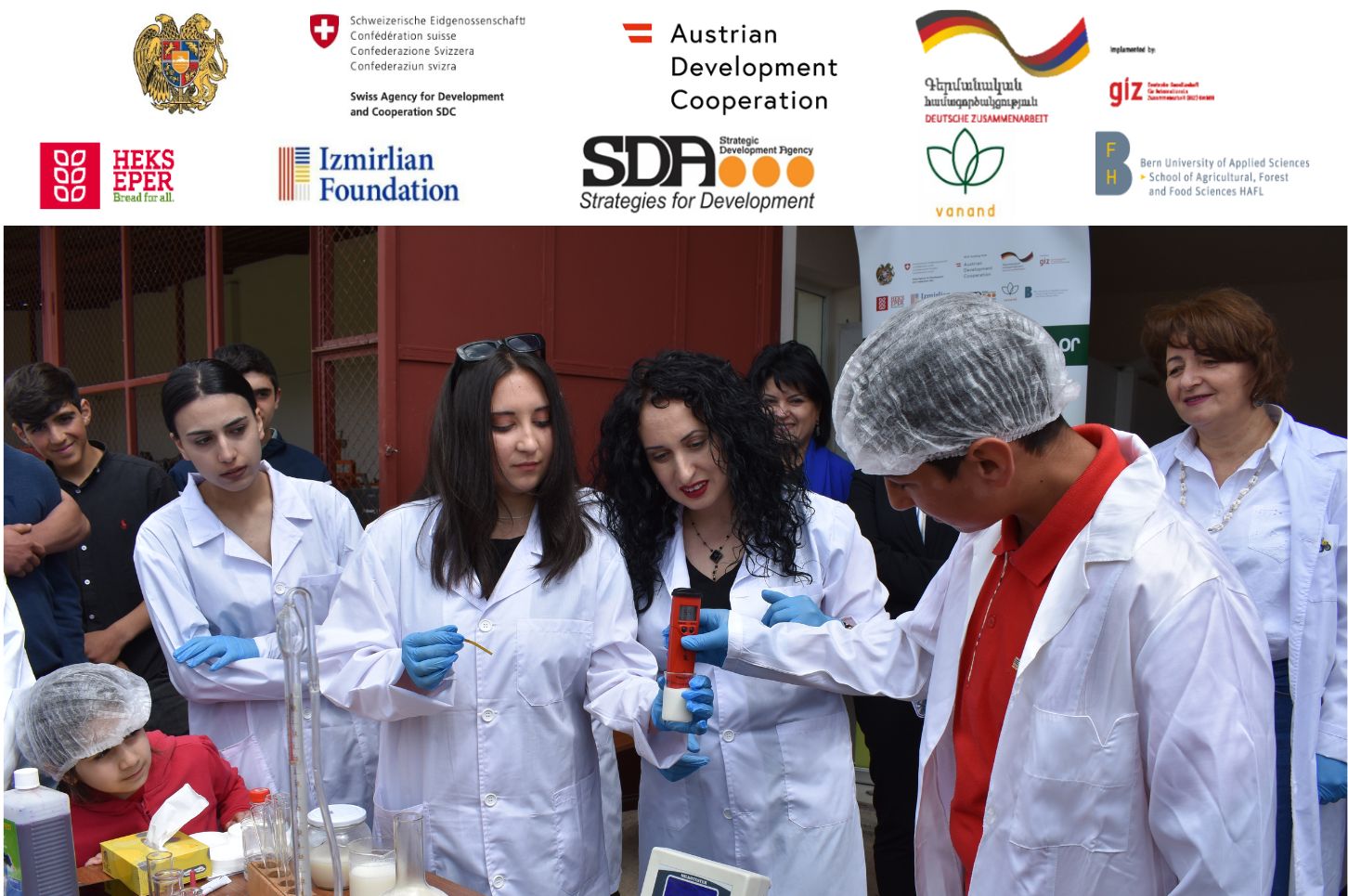Armenia Expands Tuition-Free Skilled Trades to Boost Vocational Education and Workforce Growth

Armenia Expands Tuition-Free Skilled Trades: New Opportunities in Vocational Education
Transforming Education Funding: Strategic Moves Toward Workforce Development
Armenia is taking a transformative step to strengthen its skilled trades workforce by expanding tuition-free government-backed educational opportunities. The latest initiative from the Ministry of Education ensures that for the coming academic year, college-bound Armenians will be eligible to pursue specialized technical careers without the financial barriers often associated with vocational education. Included in the slate of funded programs are groundbreaking additions focused on construction finishing, furniture manufacturing, and the operation and maintenance of cranes. This marks a strategic effort to match emerging economic needs with accessible learning pathways in sectors poised for growth.
The rationale underlying these new introductions lies in the country's broader mission to close skills gaps in priority industries, thereby fueling economic expansion and infrastructure modernization. The rollout builds on changes first piloted a year prior, when tuition support was extended to training in drip-irrigation technology, electric vehicle servicing, and agricultural machinery operation. The continuity and evolution of this program underscore sustained governmental focus on not only diversifying the scope of technical education, but also responding flexibly to shifting skill demands in the national labor market.
State Support Mechanisms: Stipends and Access for Students Nationwide
With the allocation of 9,376 state-supported spots across Armenia’s vocational and technical institutions for the 2025–2026 academic year, the initiative consolidates the principle of education as a public good. Approximately 90 percent of available places remain cost-free to students, offering young people and working-age learners pathways to economic mobility and professional security. Financial support does not end with waived tuition—first-year enrollees are guaranteed a monthly stipend designed to ease living costs, currently set at 50,000 drams. Continued stipend eligibility in subsequent years is tied to academic achievement, blending merit incentives with inclusivity.
This robust approach to public funding signals both the scale of Armenia’s ambitions and the operational realities involved in program implementation. The total number of supported spots holds steady relative to the previous year, necessitating careful balancing when introducing new specializations. Although authorities have not yet identified which existing fields may see reductions to accommodate the new disciplines, this stability ensures no net loss in overall access to vocational training across the country.
Implications for the Future: Skills, Economy, and Social Mobility
Armenia’s continued investment in technical and vocational education carries significant implications for its economic trajectory, labor market resilience, and social equity. By targeting fields such as construction, furniture production, and heavy machinery operation, the program directly aligns with sectors expecting heightened demand due to both national infrastructure projects and global industry trends. The presence of government-funded options not only reduces inequality in access but also encourages a wider cross-section of society to consider skilled trades as viable, respected career paths.
Underpinning the success of such initiatives are broader resource allocations—Armenia’s education budgets have seen real growth, reflecting national priorities around workforce readiness and social investment. The deployment of financial incentives ensures that qualified learners from all backgrounds can participate, highlighting Armenia’s commitment to educational modernization without leaving behind traditionally disadvantaged groups.
Conclusion: Strengthening Armenia’s Human Capital Through Accessible Training
The newly announced expansion of tuition-covered places in targeted technical specialties signals both a proactive and adaptive approach to human capital development. As Armenia positions itself for continued modernization, its skill-building investments will be instrumental in driving productivity, innovation, and inclusive prosperity. Through these evidence-based interventions, Armenia delivers a clear message: investing in its people is central to broad-based economic growth and a strong, competitive workforce for future generations.
